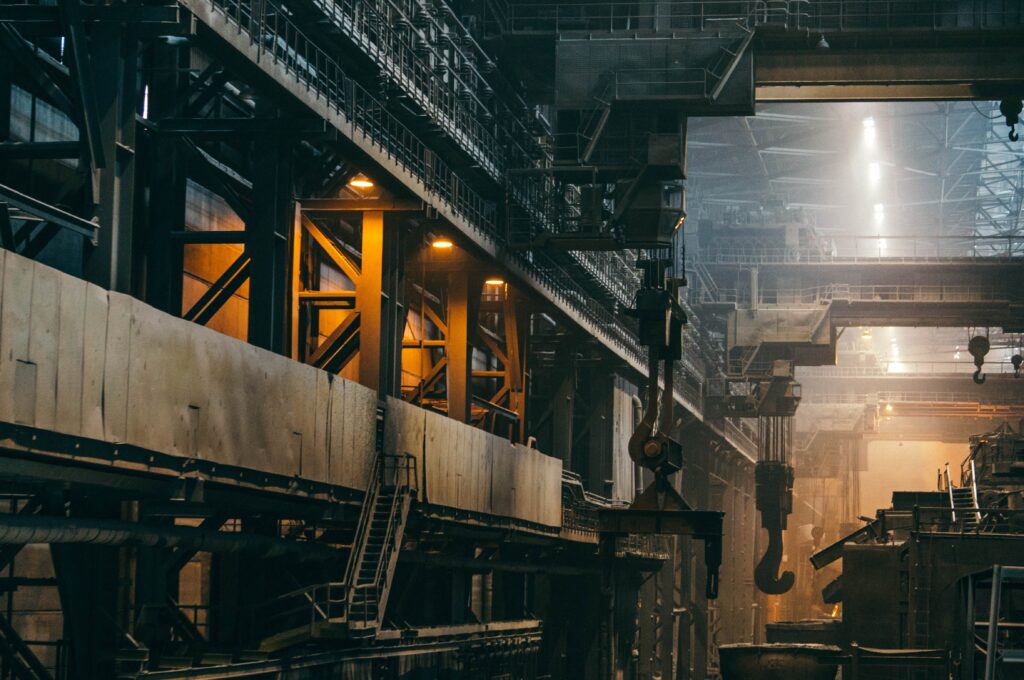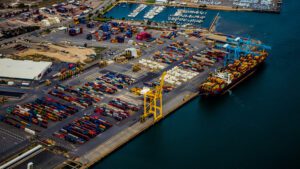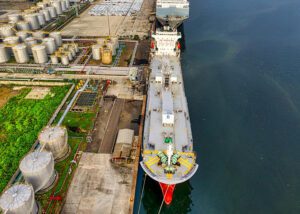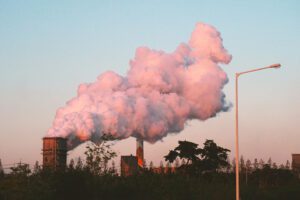Amid intensifying global climate concerns and mounting pledges to slash carbon emissions, Europe’s steel industry has emerged as a pivotal player in the energy transition arena. Over the past six months, reputable sources including Bloomberg, Reuters, and Financial Times, have underscored the substantial progress achieved by the European steel sector as it navigates the path towards a more sustainable and environmentally accountable future.
Pioneering Investments in Green Technologies: In a strategic maneuver to address the energy transition challenge, Europe’s steel giants are strategically investing in green technologies. Insights from Bloomberg and Reuters shed light on the notable capital flow directed toward research and development of trailblazing innovations such as hydrogen-based direct reduction and carbon capture techniques. These endeavors aim to significantly lower the carbon emissions historically associated with steel production. Industry leaders are actively forging collaborations with research institutions and startups to foster revolutionary solutions that have the potential to reshape the industry’s landscape.
Hydrogen: Forging a Paradigm Shift: Reports from the Financial Times have accentuated the pivotal role of hydrogen in Europe’s energy transition, particularly within the steel sector. Green hydrogen, harnessed from renewable energy sources, is being hailed as a clean substitute for the conventional reliance on coal and coke during steel manufacturing. Insights highlight robust partnerships between steel companies and renewable energy providers, underscoring a decisive pivot towards integrating hydrogen into the steel-making process. This transition not only slashes emissions but also dovetails with Europe’s overarching hydrogen strategy.
Embracing Circular Economies and Supply Chain Sustainability: Coverage from Forbes underscores the steel industry’s growing emphasis on circular economy tenets and sustainable supply chains. European steel manufacturers are now actively championing the recycling and repurposing of steel products, effectively curbing the demand for raw virgin materials. This shift not only trims the sector’s carbon footprint but also mitigates resource depletion. The adoption of advanced recycling methodologies and eco-conscious supply chain practices mirrors the industry’s unwavering commitment to fostering a more sustainable tomorrow.
Harmonizing with Regulations and Policies: All the aforementioned sources concur on the pivotal synergy between the steel sector’s initiatives and propitious regulations and policies. The resolute climate targets and directives set forth by the European Union, as highlighted by Bloomberg, Reuters, and Financial Times, have spurred steel manufacturers to adopt cleaner production processes. Carbon pricing mechanisms and incentives for emission curbing strategies have galvanized the industry into proactively embracing sustainable practices.
Navigating Challenges and Hurdles: Amidst the energy transition’s headway, a multitude of challenges persist. The Financial Times and Forbes spotlight the intricacies linked with adopting novel technologies and the substantial costs inherent to their implementation. Moreover, concerns loom regarding the equitable transition for the workforce and communities reliant on conventional steel manufacturing methods.
Conclusion: Fortitude in Transition: Amid escalating global apprehensions concerning climate change, Europe’s steel industry is demonstrating its tenacity by wholeheartedly embracing the energy transition challenge. With deliberate investments in green technologies, a pronounced shift towards hydrogen, emphasis on circular economy principles, and resonance with regulatory frameworks, the industry is unmistakably steering towards a more sustainable and ecologically conscientious future. While obstacles endure, the combined efforts of steel manufacturers, policymakers, and visionaries signal a promising trajectory towards a low-carbon, economically viable steel sector across Europe.














